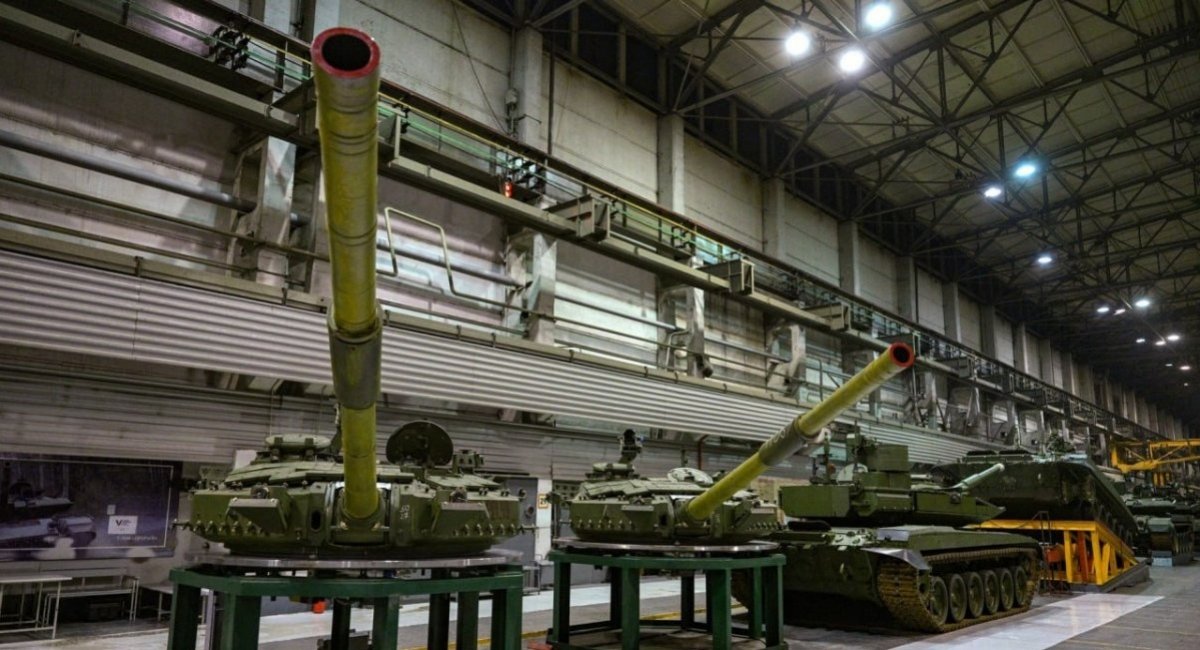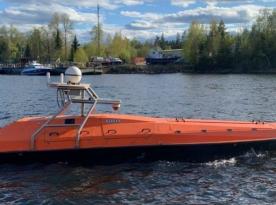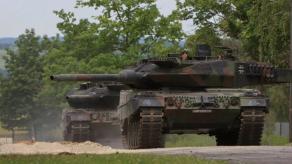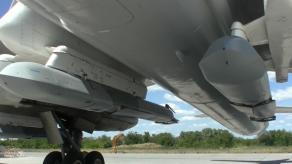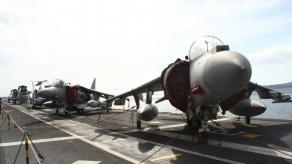Kremlin-affiliated media reported that on July 30, 2024, russian ruler Vladimir Putin met with Sergey Chemezov, CEO of russia's largest defense industry conglomerate, Rostec. The meeting focused on reviewing Rostec's performance for 2023 and current results for 2024.
From the fragmentary information released, we can assess the challenges facing the russian military industry as it transitions to a wartime economy and whether it has the resources to address them.
Read more: Production Tempo at Su-35S and Su-57 Assembly Lines in russia Look Nothing Like You'd Expect From a Country at War
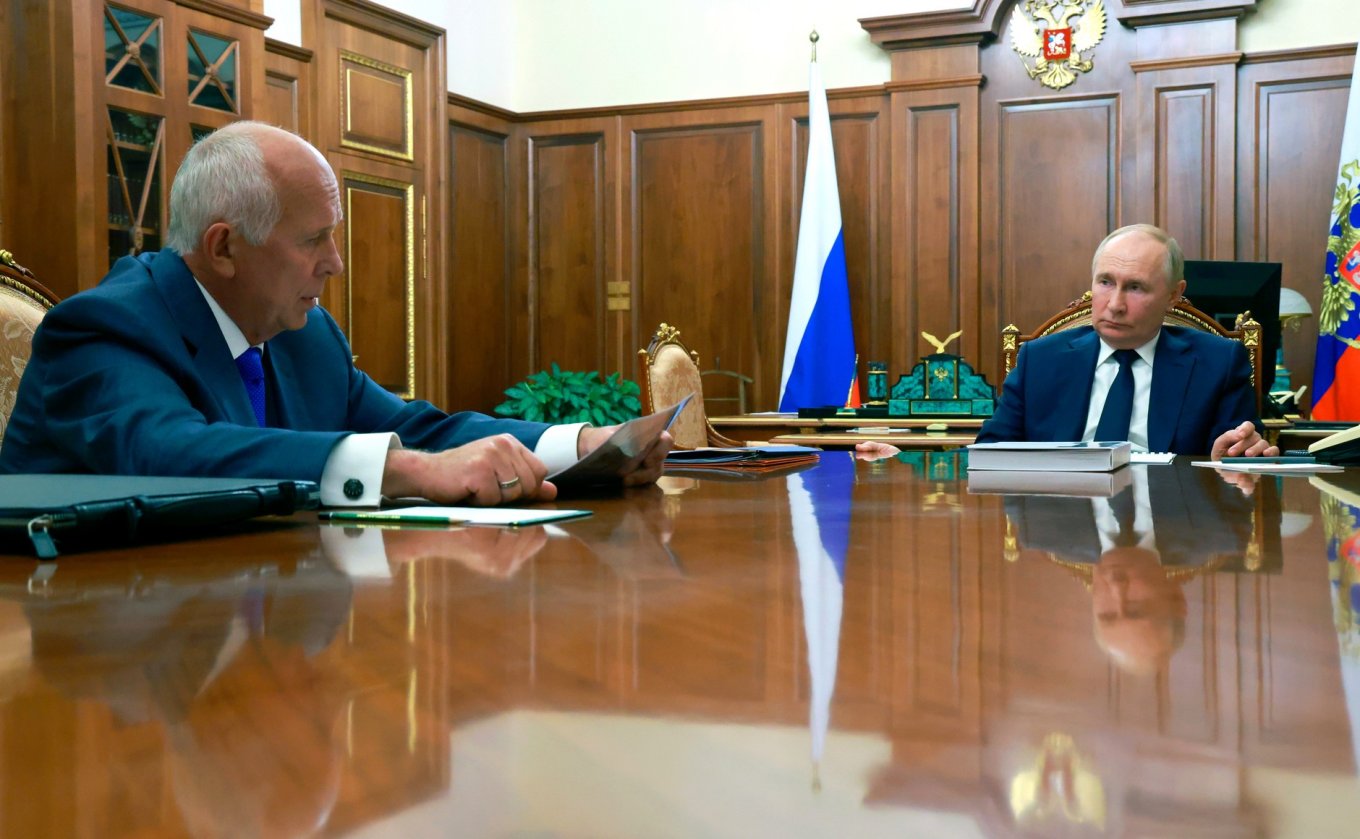
Let's begin our analysis with the "victorious" messages that russian media emphasize following the meeting. For instance, Chemezov announced that Rostec's consolidated revenue for 2023 increased by 34%, reaching RUB 2.4 trillion, while net profit amounted to RUB 60.1 billion. The profitability from fulfilling the state defense order stands at 2%.
Additionally, Chemezov noted that Rostec's investments in production development rose from ₽292 billion in 2022 to ₽527 billion in 2023. The share of civilian production decreased from 44% in 2022 to 35% in 2023.
It is notable how Chemezov himself commented on these figures during his meeting with Putin. He said, the increase in investment reflects Rostec’s need to expand production of equipment and weapons. Especially considering that last year, gunpowder production facilities were integrated into Rostec, which have already soaked huge money and are still requiring tens of billions of rubles for modernization.
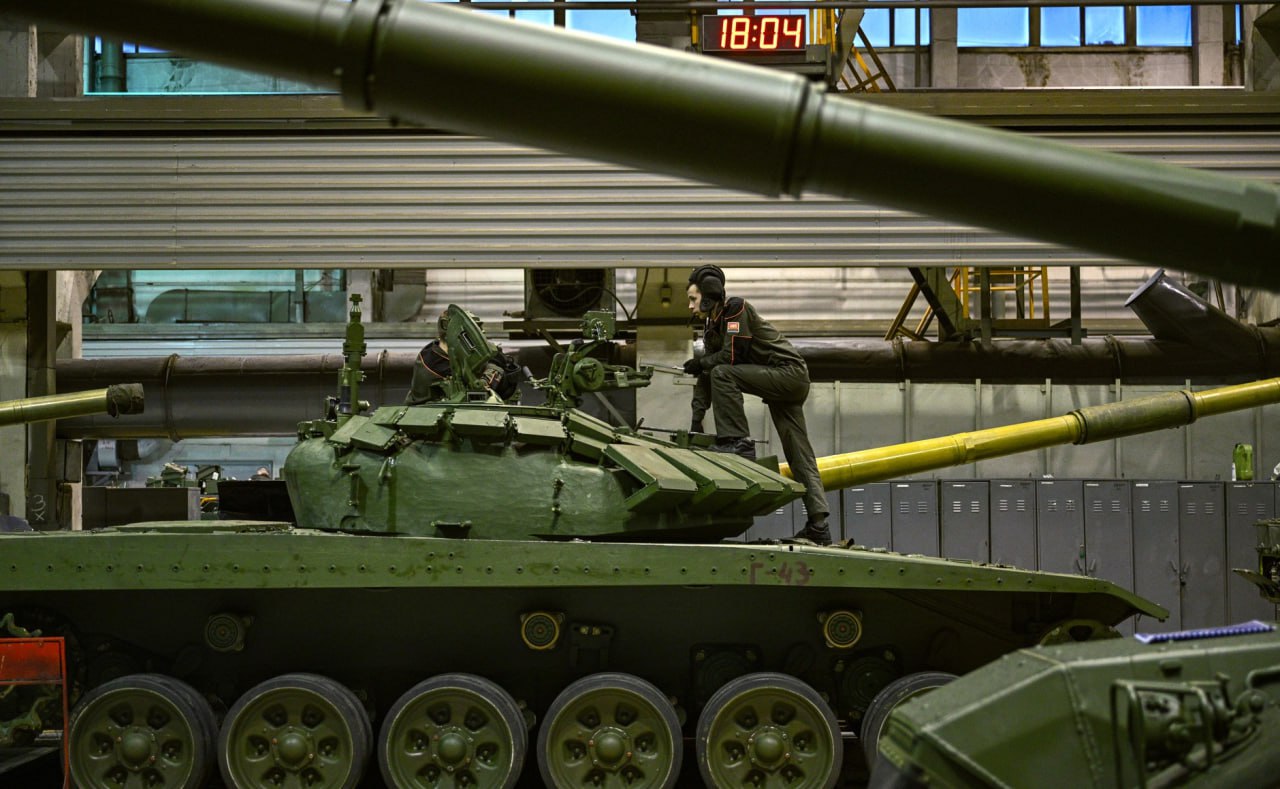
Several questionable claims emerged. Chemezov stated that the production and capital repair of light armored vehicles increased threefold over the past year, while tank production grew by 3.5 times. The production of tank ammunition and armored vehicles reportedly increased almost ninefold, and overall ammunition production supposedly grew by "dozens of times."
These claims raise contradictions. For example, the increase in capital repairs likely involves equipment pulled from long-term storage or overhauled after battlefield damage. The reported surge in ammunition production seems at odds with the need for additional investment in gunpowder factories, especially given the "tens of billions of rubles" required.
Notably, Putin frequently questioned Chemezov to clarify various figures.
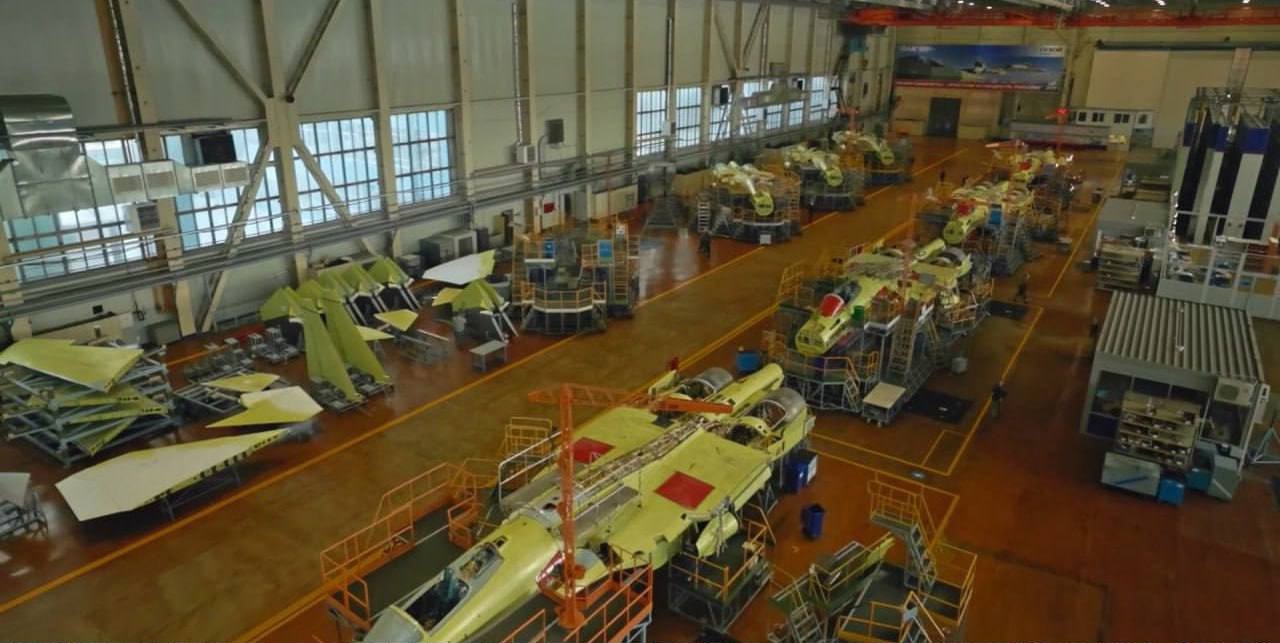
But perhaps the most important topic was the staffing situation. Chemezov revealed that Rostec had 660,000 employees in 2023, with plans to increase this number by 70,000 in 2024. However, the average salary will be just ₽88,000 per month (about $1,000).
The personnel issue is arguably the problematic part in transitioning russia to a wartime economy. And the fact is, the Kremlin's own actions brought on the conditions where for a typical russian citizen serving as an infantry troop is more financially attractive, with a promised minimum salary of ₽200,000, rising to ₽1.5 million in major cities. This situation undermines efforts to recruit additional personnel for russia’s military industry.
Read more: What Is the Action Plan of New russian Defense Minister Belousov?



